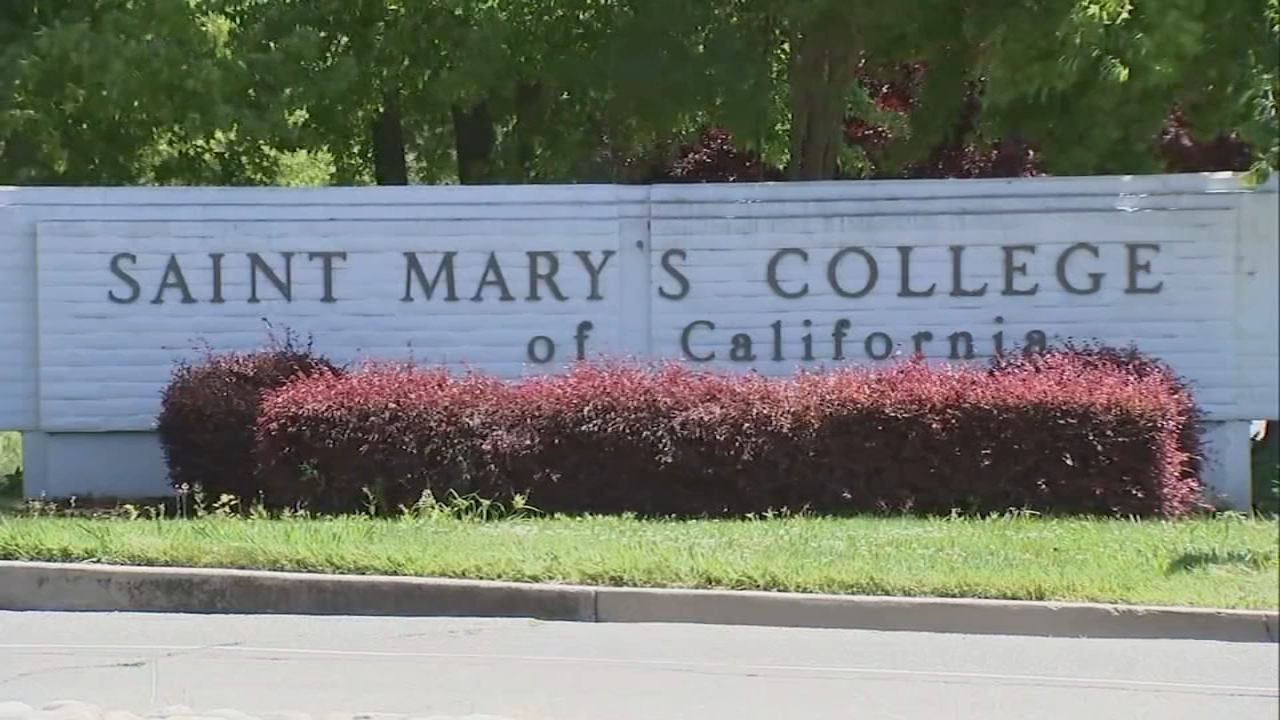San Mateo County Supervisor Proposes Resolution to Track Jobs Lost to AI
In San Mateo County, Supervisor Ray Mueller is set to introduce a resolution that would track the number of jobs lost due to AI implementation within the county. As artificial intelligence continues to penetrate various industries, experts predict that this technology will replace or disrupt millions of full-time jobs in the next 10 to 15 years.
“Pattern recognition is something AI is very good at,” said Zac Henderson, visiting assistant professor at UC Law San Francisco’s Center for Innovation. “We’re seeing studies where AI can identify cancer and similar tasks more effectively than all but the best radiologists.”
Supervisor Mueller’s proposed resolution aims to challenge county departments when choosing AI over human hiring. The resolution would give these departments a one-year timeline to come up with answers and solutions. “Recently in our probation department, they started using AI, and I asked how many jobs would be eliminated in new hires,” Mueller said. “I was told 10 new hires. My question is, can we think of 10 new jobs for humans that will improve service delivery to residents?”
The San Mateo County Central Labor Council, representing 95,000 union workers and their families, views this resolution as a necessary measure for the future. “If you’re utilizing this technology, can the worker be trained to oversee it?” asked Julie Lind, executive officer of the Labor Council. “When a worker’s time is freed up from tasks like filing or sorting, what are they doing instead? How are you helping them improve the experience for the public?”
Professor Henderson emphasized that AI is most powerful when combined with human oversight. “AI on its own is powerful but typically not a replacement for humans. A competent human being plus an AI tool creates the most impressive and effective work,” he said.
At least three San Mateo County departments plan to use AI this year. The county’s board of supervisors is set to vote on this resolution on April 22.



